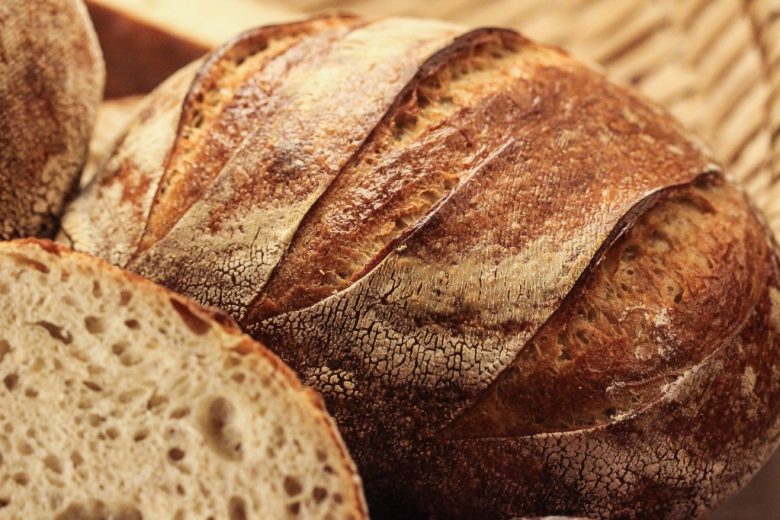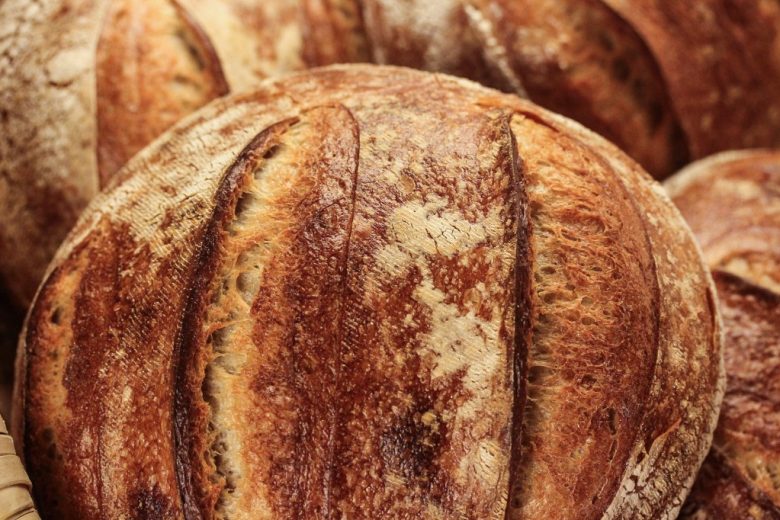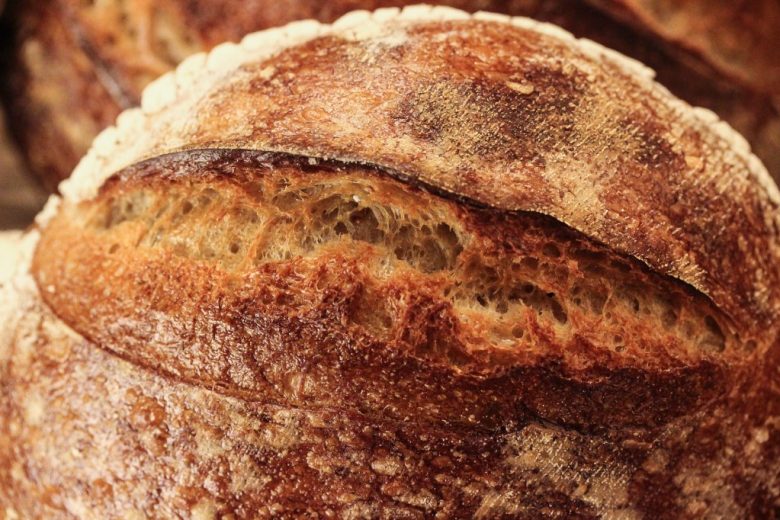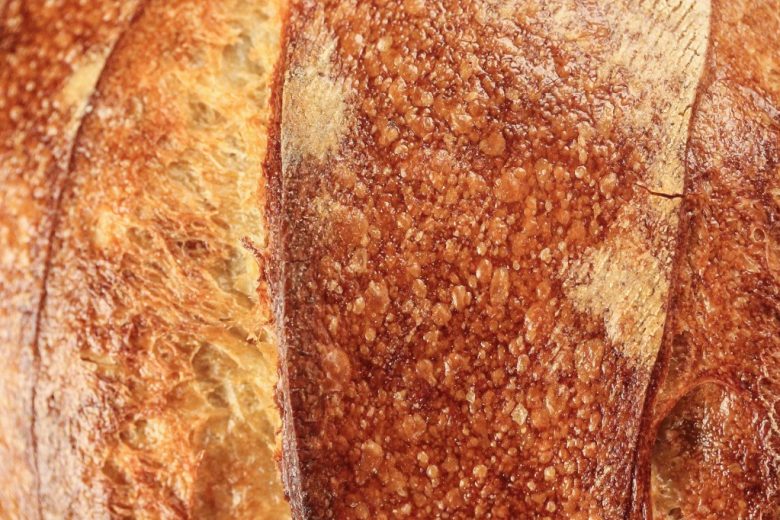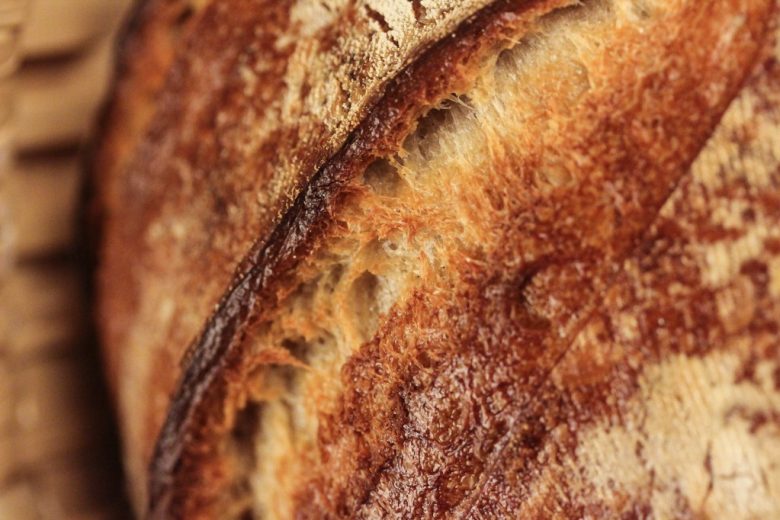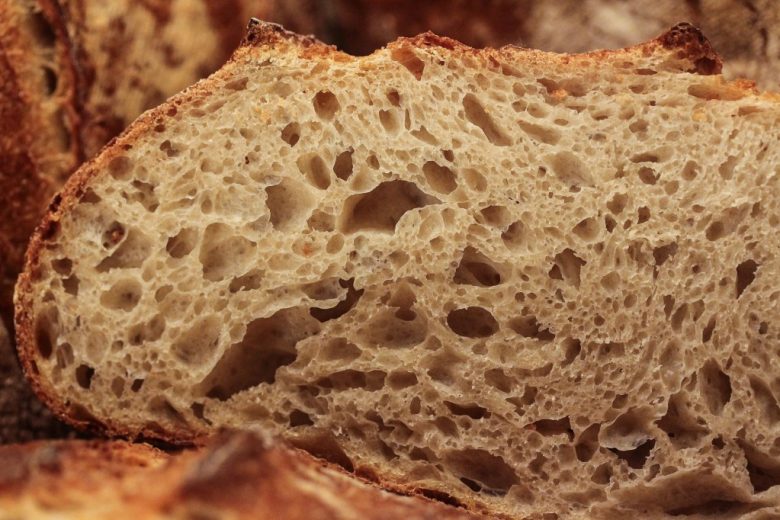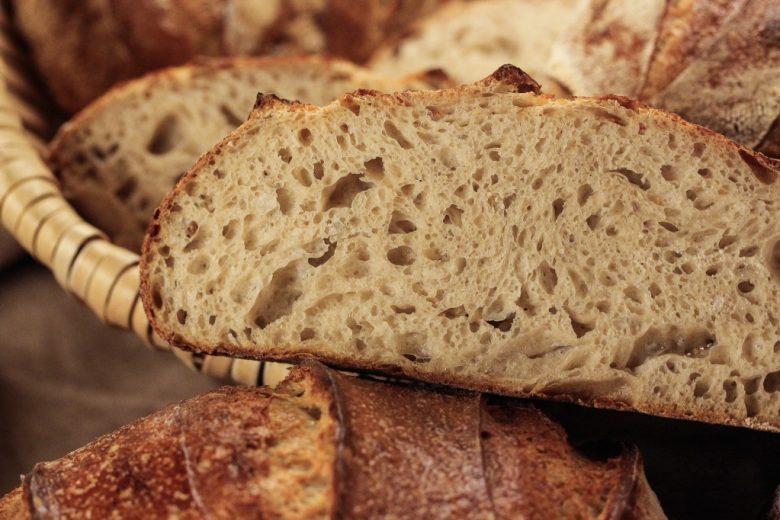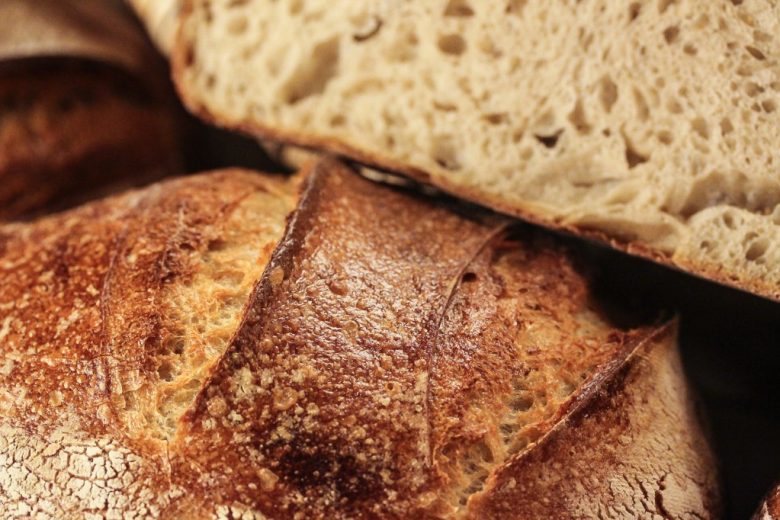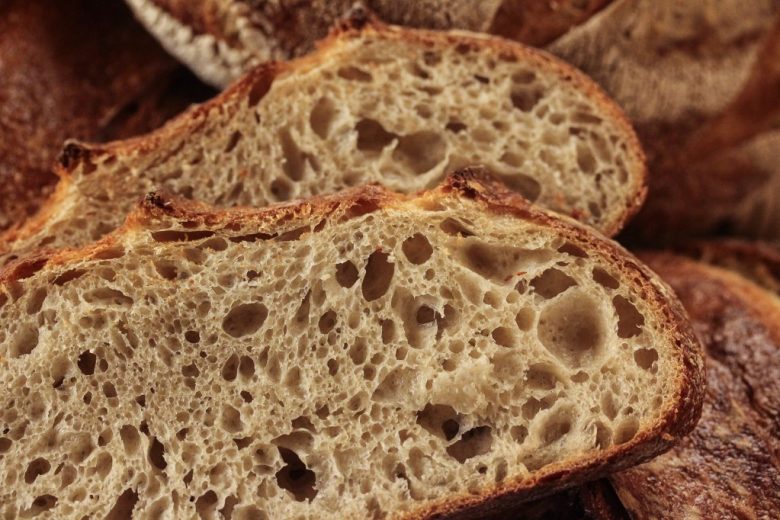60% Kamut
Kamut® is a cultivated form of durum wheat that emerged from wild emmer around 6,000 years ago and is one of the oldest types of grain. Kamut is also known as the “soul of the earth”. In the years after its discovery, the grain was widespread in Egypt, but was lost in the times of high culture there.
The rediscovery of the old cultivar is thanks to a farmer named Bob Quinn, from Montana in the US. The discovery of the old wheat grain was done in a way to make the perfect marketing story. Apparently, only a handful of large wheat kernels were found in a stone box inside of a pharaoh’s tomb near Dashare, Egypt by an Air Force office in 1948. Of these, he sent 36 grains to his father, Bob Quinn, which he then germinated. The resulting seeds were then forgotten and only found again in 1977 and then cultivated. Quinn named the grain after the ancient Egyptian word for wheat – Kamut, which means the soul of the earth. In 1990 Kamut was officially recognized as a new variety by the American Department of Agriculture. The name was also legally protected as a registered trademark.
Because of its origins and health properties, Kamut, like spelt, is mainly used by lovers of natural food. Kamut is only grown in certain areas of North America, where around 2000 hectares were already cultivated in 2001, half of it for the European market.
The kamut grain is about twice as large as the conventional wheat grain and has a glassy yellowish color. It contains particularly large amounts of health-promoting substances:
- Kamut contains 20 to 30 percent more protein than conventional wheat.
- It has 30- 35 percent more magnesium and zinc than other whole grains. Kamut grains also contain other minerals that are more than average.
- The protein content is up to 40 percent higher than in “modern” wheat varieties.
- The ancient grain contains a particularly large amount of selenium. Selenium is one of the essential trace elements and is a component of numerous enzymes (catalyst of biochemical reactions), among other things for the formation of thyroid hormones. Together with vitamins E and C, selenium forms an essential factor in the body’s immune system.
The gluten strands of Kamut are particularly well suited to make bread from the flour. Baked goods from Kamut have a hearty taste. Basically, recipes using spelt can be replaced with Kamut
Recipe
For a dough weight of 2020g / 2 pieces, each 1010g
Sourdough:
- 200g Wheat flour 1600 or French T80
- 50g Wheat flour Type 700
- 275g Water 40°C
- 30g Starter
DT: 28-30°C Maturity time: 12-15 hours Hydration(TA): 210
Main dough:
- 555g Mature sourdough
- 600g Kamut flour
- 150g Wheat flour Type 700
- 100g Wheat flour Type 1600 or French T80
- 590g Water
- 25g Salt
DT: 24-25°C Hydration(TA): 179 Mixing time: 2 min. Slow + Autolyse / another 8 min. slow / 1 min. fast
Instructions:
- Mix the sourdough, flour, and water on slow speed for 2 minutes.
- Cover and allow to autolyse for 30 minutes.
- After the autolyse, add the salt and mix for 8 minutes slowly/ knead 1 minute quickly.
- Place the dough in an oiled tub and allow it to mature, covered at room temperature.
- Fold after every 50/50/50 minutes.
- After a total maturation time of 150 minutes ( 30 minutes after the last fold), divide the dough and shape as desired.
- The shaped breads now proof in the refrigerator at 4°C (the proof takes about 12-15 hours) If you decide to proof them at room temperature, that will take about 70-90 minutes.
- The breads are baked at 250°C with steam. Reduce the oven to 210°C after 15 minutes and bake until well browned. Baking time takes about 45-50 minutes.
- Baking in a cast iron pot: 40 minutes at 250°C, remove the lid and bake an additional 5-10 minutes. Careful: quick crust browning!!


